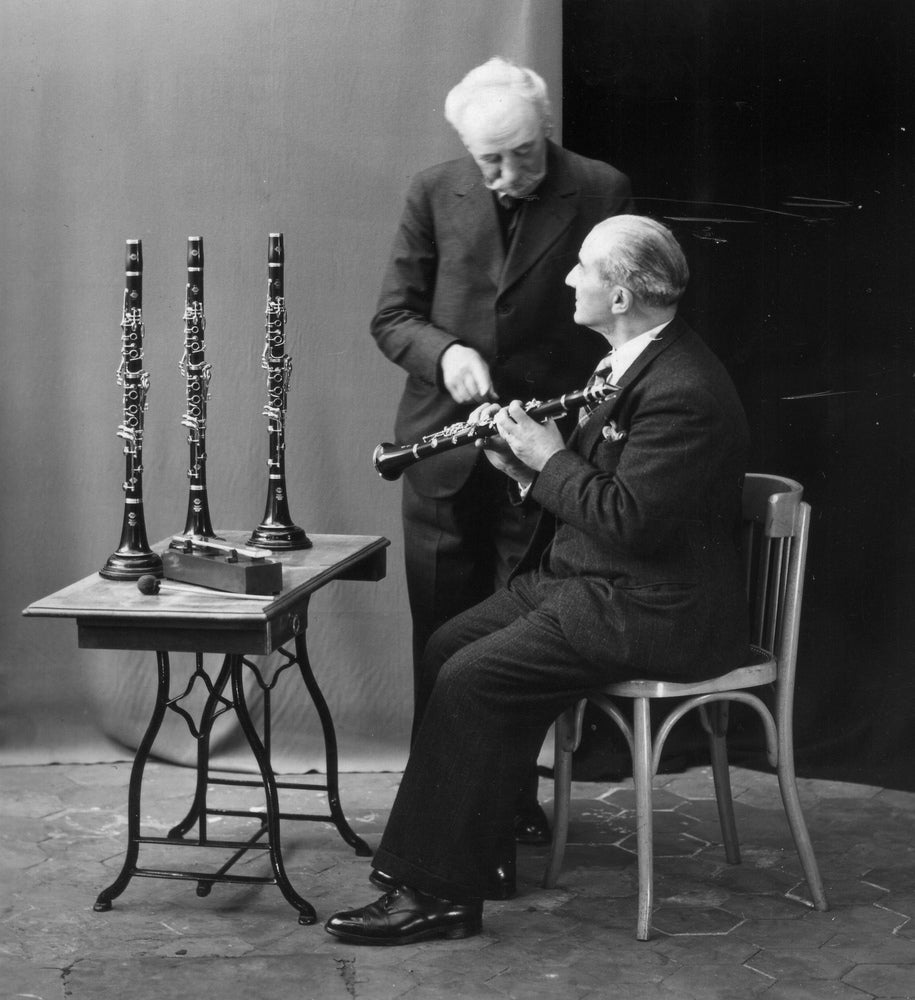Gaston Hamelin est l'un des plus grands clarinettistes du XXe siècle. Soliste à l'Orchestre symphonique de Boston puis à l'Orchestre National de France, il a également été professeur et essayeur chez Henri SELMER Paris.
Gaston Hamelin

Gaston Hamelin is one of the greatest clarinettists of the 20th century. Soloist at the Boston Symphony Orchestra and then at the Orchestre National de France, he was also a teacher and acoustic advisor with Henri SELMER Paris.
Born in Saint-Georges-Sur-Baulche (Yonne, France) in 1884, Gaston Hamelin studied at the Paris Conservatory with Charles Turban. He won first prize in clarinet in 1904 and began a career as a soloist. In 1919, he was the first to perform and record Claude Debussy's First Rhapsody for Clarinet.
In 1926, Gaston Hamelin moved to the United States with his family, bringing with him his favourite clarinet: a metal Selmer. He was the principal clarinetist of the Boston Symphony Orchestra for four years. His son Armand Hamelin also played in the clarinet section of the Orchestra during the 1929-1930 season.
Returning to France in 1930, he worked as a soloist and private teacher, then published a notebook of scales and exercises. At the same time, he is hired by Henri Selmer as a clarinet tester. After playing with Piero Coppola's orchestra at the end of the 1930s, he joined the Orchestre National de la Radiodiffusion Française and founded his very famous Wind Quintet.
Gaston Hamelin, who died in 1951, had a considerable influence on the development of clarinet playing in France and the United States. He transcribed and adapted many clarinet scores and was recognized as an excellent pedagogue. Among his students were Rosario Mazzeo, Joseph Allard and Ralph McLane.
Photo credit: Gaston Hamelin and Henri Selmer around 1930 (photothèque Henri SELMER Paris)